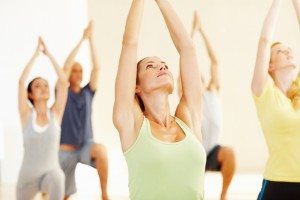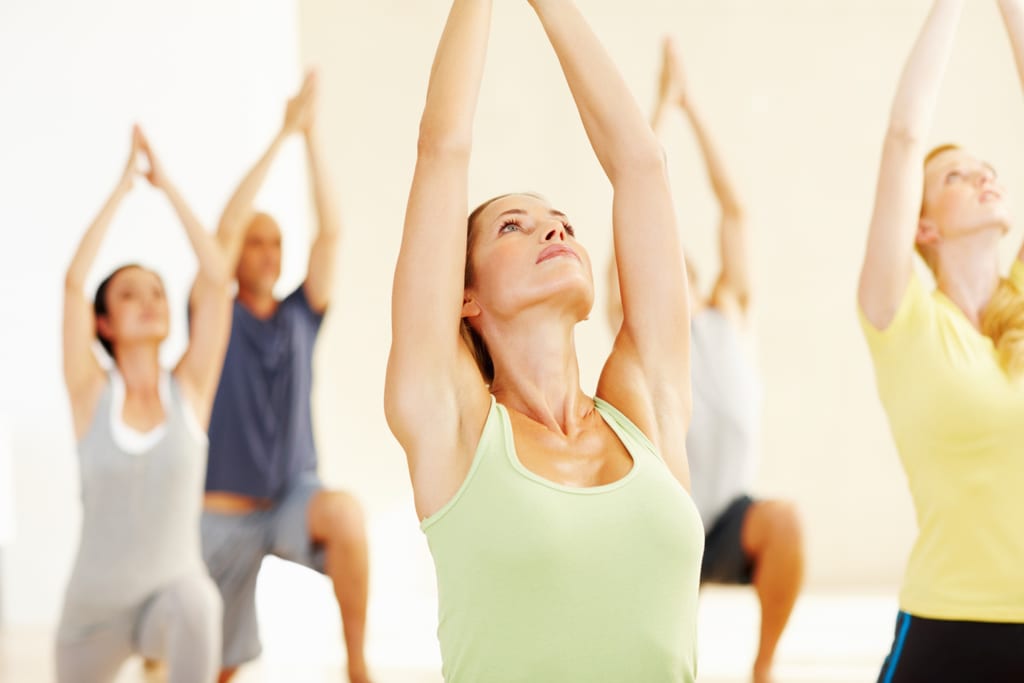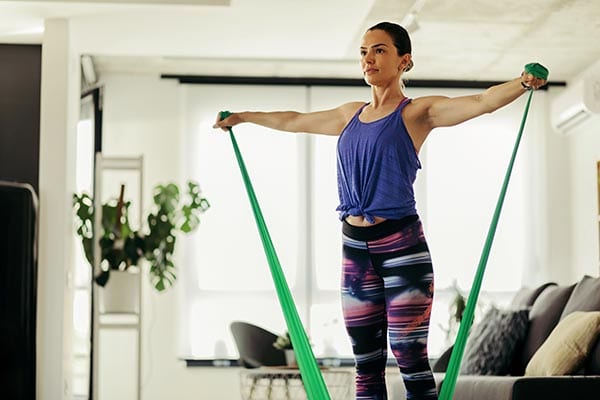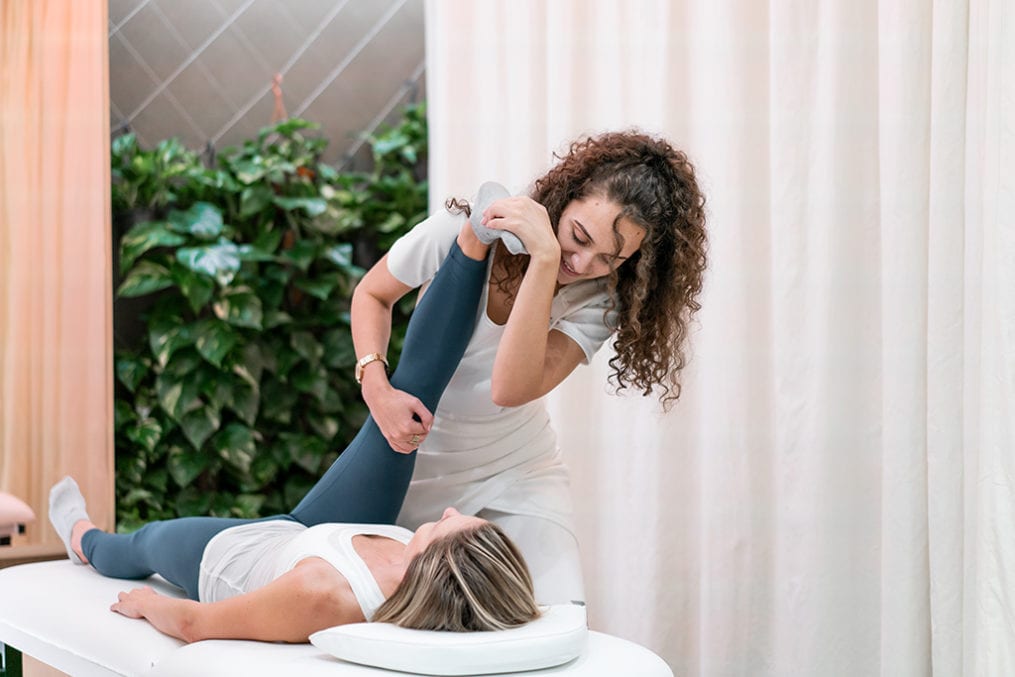The Healthy guide to yoga
Who doesn’t covet the yogi’s lithe limbs, bendy back and air of zen-like calm? The ancient practice delivers a whole load of benefits for mind and body. But when looking for a local class, chances are you’ll find lots of different styles of yoga on offer – which can be a little overwhelming.
Trying them is the best way to discover the right form for you, but before you sign up for classes, get clued up with our guide to what to expect from the main styles. Any are suitable for newbies, just make sure you select a beginners’ session when booking. There is nothing to un-do the meditative benefits of a yoga class than feeling flustered and unable to keep up with an advanced class.
READ MORE: Try this 3-step morning yoga routine
You want? A simple, low-intensity class
You choose: Hatha
A classical form of yoga consisting of a series of gentle, flowing asanas, often starting with repeated sun salutations – a sequence of postures including the downward-facing dog and cobra – before you move onto standing asanas and then floor work. A class billed as just ‘yoga’ is likely to be hatha. Ideal if you’re a beginner, as mastering asanas gives you the perfect base. See the British Wheel of Yoga website (www.bwy.org.uk).
You want? To perfect your pose
You choose: Iyengar
Devised by BKS Iyengar (who’s 94 and still practising), this is a mix of breathing exercises and standing and floor postures. There’s an emphasis on alignment and getting postures precisely right. You may also use props such as blocks and belts to help you reach postures. Try it if you like the idea of perfecting asanas, or you have postural problems – with its emphasis on alignment, Iyengar could be ideal. You can find a qualified local teacher at www.iyengaryoga.org.uk.
You want? To break a sweat
You choose: Bikram
This form of yoga is performed in a room heated to 40°C, with 40 per cent humidity. The heat increases flexibility and helps you to stretch more deeply into postures, as well as encouraging sweating, which detoxifies your body. Don’t be put off if you’re a yoga novice – while the heat can be challenging, the asanas are basic. Go for it if you want to try something really different and like to challenge yourself (and enjoy heat). Go to www.bikramyoga.com for accredited classes near you. If a class is called Bikram, it means the teacher has trained on the official Bikram yoga teacher training programme; teachers who haven’t trained there are not allowed to use the Bikram name, so are likely to call classes ‘hot yoga’ or similar.
You want: A dynamic workout
You choose: Ashtanga
Made famous when Madonna credited it with honing her athletic physique, Ashtanga is a fast-moving, dynamic form of yoga. Each class is made up of four parts: an opening sequence comprising 10 sun salutations and some standing asanas, one of the six main series (depending on your level), a back-bending sequence and a set of inverted asanas (such as head or shoulder stands). Ashtanga classes usually move at a pace and you’ll be taught a special breathing style to help you work through the postures. There’s an emphasis on daily practice. Do it if you want yoga to give you a real fitness boost. There isn’t a governing body for Ashtanga, but look out for local classes or try www.triyoga.co.uk.












